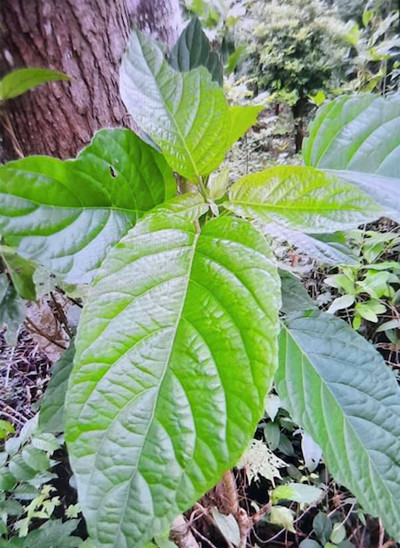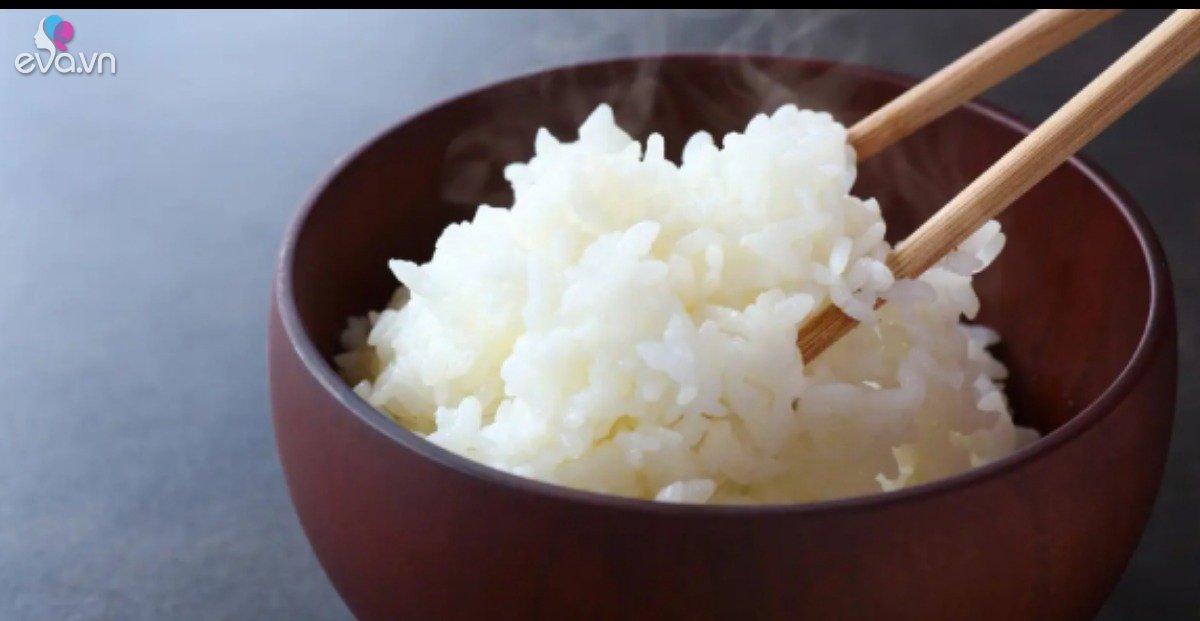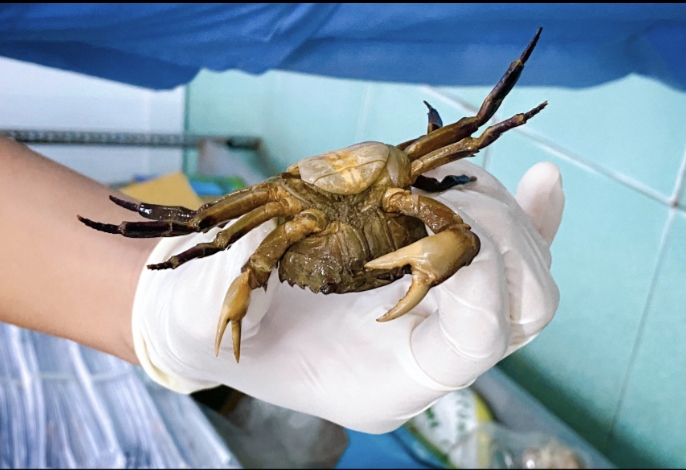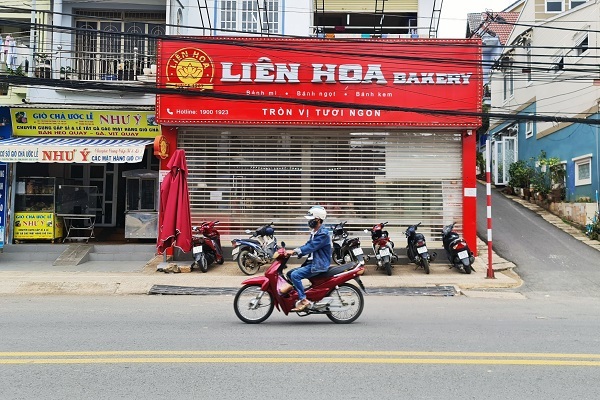Eating familiar leaves, young men have kidney damage, acute liver failure
This is one of the two patients with poisoning from the leaves of Hoa Binh province who are being treated at the General Hospital of Hoa Binh province.
Information was provided by Doctor Hoang Cong Tinh – Head of the Intensive Care Unit of the Hospital on May 30.
The doctor said that recently, this hospital has received and treated a number of cases of elm leaf poisoning. Most of the patients were admitted to the hospital with severe anemia due to hemolysis, accompanied by multiple organ failure.
The 28-year-old patient above was admitted to the hospital in a state of fatigue, blue skin, yellow mucous membranes and sclera. Blood tests showed that he had severe anemia, acute liver failure, acute kidney damage, and fluid and electrolyte disturbances. The patient was actively treated with blood transfusions many times.
Currently, the patient is out of danger and is being closely monitored for his health condition.

The second case is a 78-year-old man who picks the leaves of du mai and boils them with water to drink to treat constipation. A few days after drinking this water, the patient had yellow skin, yellow eyes, red urine, little urine, accompanied by fever and fatigue, and was taken to the emergency room by his family.
On admission, the patient was in a state of lethargy, respiratory failure, hypotension, blue skin, mucous membranes, yellow sclera, anuria (no urine).
On blood test, the patient had severe anemia, acute liver failure, acute kidney injury, water and electrolyte disturbances, and acid and alkaline disorders.
The patient was quickly given first aid, then received intensive treatment with vasopressors to maintain blood pressure; mechanical ventilation, continuous dialysis, cyclic dialysis and plasma exchange to support failing organs.
In addition, the patient must also receive a large volume of blood and blood products. Currently, the patient is out of danger but still requires treatment and intensive care.
The elm tree is also known as the locust tree, the white bud, the commercial vegetable, and the wild vegetable. Plants come in many different types and shapes of leaves.
Du Mai leaves are often used by people as vegetables, processed with food or boiled water to treat a number of diseases including constipation.
Toxins from the leaves of hollyhocks can cause red blood cells to burst (hemolysis) leading to severe anemia, especially in people who are deficient in the enzyme G6PD, the enzyme that helps red blood cells function properly.
When there is a deficiency of this enzyme, red blood cells will be broken when there are external agents, including toxins from the leaves. This explains the fact that in a plate of food prepared with Du Mai leaves, some people have hemolysis, some people don’t.
Dr. Hoang Cong Tinh recommends that people should not use the leaves to make food or boil water because of the danger to health, especially those with G6PD deficiency.
Commercial elm grows naturally, most commonly in the northern mountainous provinces such as Thanh Hoa, Hoa Binh, Son La, Dien Bien, Lai Chau, Cao Bang, Bac Kan, Thai Nguyen. When unfortunately suffering from poisoning with leaves, people need to quickly go to medical facilities for treatment or timely referral.
| The cause of G6PD deficiency disease is a mutation in the gene on the X sex chromosome. Men normally have only one X sex chromosome (XY), while women have two X chromosomes ( XX). Therefore, the disease usually manifests itself in men. While women need a change in both sex chromosomes to cause G6PD deficiency, the disease is less common in women. |
Thanh Hien
at Blogtuan.info – Source: vietnamnet.vn – Read the original article here



